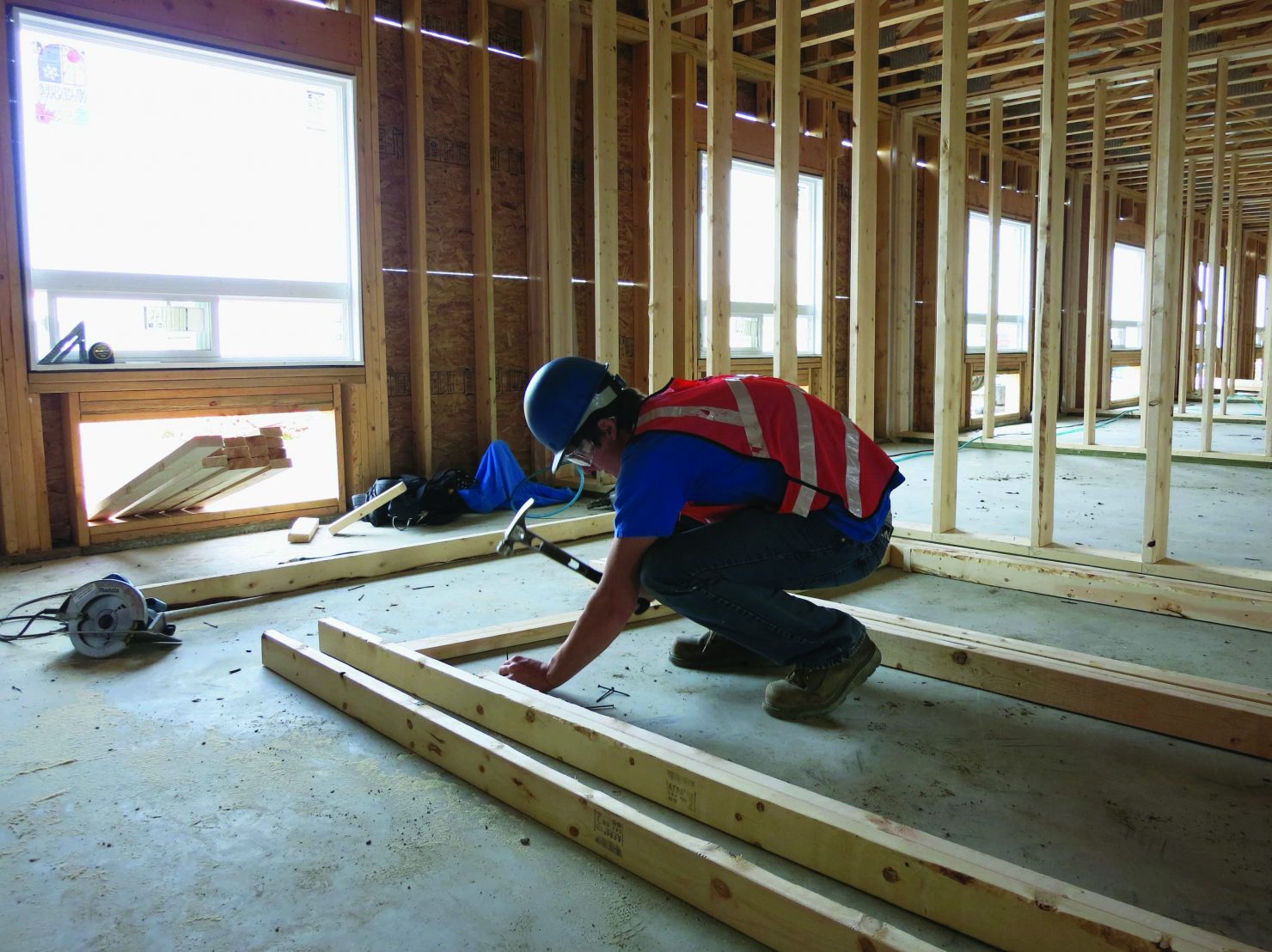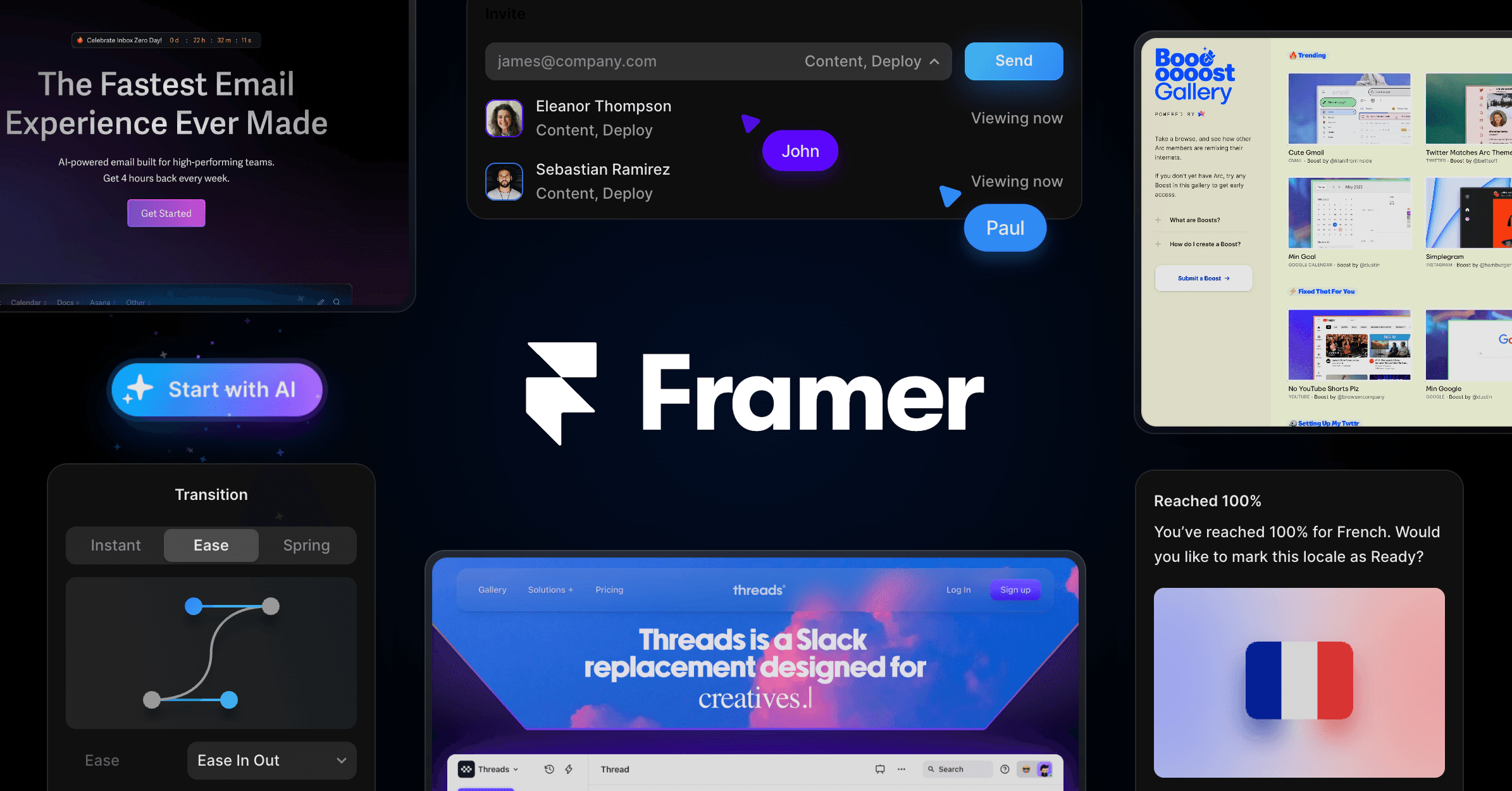Introduction to Framer: Revolutionizing Design
Framer is a cutting-edge design tool that has gained immense popularity among designers and developers alike. In 2024, Framer continues to revolutionize the way we approach design projects, offering a versatile platform for creating dynamic, interactive, and visually stunning prototypes. Unlike traditional design tools, Framer integrates seamlessly with code, allowing for a high degree of customization and precision. This has made it a favorite among professionals looking to push the boundaries of what's possible in digital design.
Framer's intuitive interface and robust feature set make it a powerful tool for both beginners and seasoned designers. Whether you're looking to create a simple wireframe or a complex interactive prototype, Framer provides the flexibility and functionality you need. This article will explore the key features of Framer, offer tips for maximizing its potential, and provide a step-by-step tutorial to help you get started. By the end, you'll have a solid understanding of how Framer can elevate your design projects in 2024.
Why Choose Framer? The Benefits of Using Framer in 2024
In the ever-evolving landscape of design tools, Framer stands out for several compelling reasons. Firstly, its integration with code sets it apart from other design platforms. This means designers can create highly interactive prototypes that behave just like real products. This capability is invaluable for teams that need to test and iterate on their designs quickly, as it allows for more accurate user testing and feedback collection.
- Matthew Charles Czuchry Wife
- Is Jack Black A Twin Brother
- Jesse Lee Soffer Wife
- Caitlin Clark Leak
- Fuel Pump Fortnite
Another significant advantage of Framer is its collaboration features. In 2024, remote work is more prevalent than ever, and Framer's cloud-based platform makes it easy for teams to work together, regardless of location. Designers and developers can share their work, provide feedback, and make changes in real-time, streamlining the design process and enhancing productivity. Additionally, Framer's extensive library of pre-built components and templates saves time and effort, enabling designers to focus on creativity and innovation.
Getting Started with Framer: A Beginner's Guide
For those new to Framer, the platform's wealth of features might seem overwhelming at first. However, getting started with Framer is easier than it looks. The first step is to sign up for a Framer account and explore the user-friendly interface. Framer's dashboard is designed to be intuitive, with easy access to all the tools you need to start designing. Begin by exploring the templates available, which can serve as a great starting point for your projects.
Once you're familiar with the interface, try creating a simple project to get a feel for how Framer works. Start with a basic wireframe, then gradually add more complexity as you become comfortable with the tool. Framer's drag-and-drop functionality makes it easy to add and arrange elements on your canvas. As you experiment, take advantage of Framer's extensive library of tutorials and resources, which can provide valuable insights and help you overcome any challenges you encounter.
- Rachel Chandler Wiki
- Richard Arnold Net Worth
- Meghan Trainors Husband
- Andrew Davila Age
- Justin Bieber Meek Mill Diddy
Framer's Design Features: Unlocking Creativity
Framer is packed with features that empower designers to create stunning visuals and interactive experiences. One of its standout features is the ability to use advanced animations and transitions. With Framer, you can bring your designs to life by adding smooth animations that enhance user interactions and create a more engaging experience. The platform's timeline feature allows you to control the timing and sequencing of animations with precision, giving you full creative control.
Another powerful feature of Framer is its support for responsive design. In 2024, creating designs that work seamlessly across different devices is essential, and Framer makes it easy to design for various screen sizes. The platform's responsive layout tools allow you to create flexible designs that adapt to different devices, ensuring a consistent user experience. Framer's ability to preview designs on real devices further enhances its utility, allowing you to test and refine your designs before they go live.
Tips and Tricks for Mastering Framer
To truly excel with Framer, it's important to understand some of the platform's more nuanced features and capabilities. One tip is to take full advantage of Framer's integration with other tools. In 2024, Framer offers seamless integration with popular design and development tools like Figma, Sketch, and GitHub. By integrating Framer with these tools, you can streamline your workflow and enhance collaboration with your team.
Another tip is to make use of Framer's powerful prototyping capabilities. When creating prototypes, focus on making them as realistic as possible. This means incorporating real data and user interactions, which can be achieved through Framer's code integration. By doing so, you'll be able to gain more accurate insights during user testing and iterate on your designs more effectively. Additionally, don't hesitate to explore Framer's community resources, where you can find inspiration and learn from other designers' experiences.
Framer's Role in Team Collaboration
In the modern design landscape, effective collaboration is key to the success of any project. Framer excels in this area by providing robust collaboration tools that facilitate teamwork and communication. In 2024, teams are often distributed across different locations, and Framer's cloud-based platform makes it easy for team members to stay connected and work together seamlessly.
Framer allows multiple users to work on the same project simultaneously, making it easy to share ideas and provide feedback in real-time. This feature is particularly useful for design teams working on complex projects that require input from multiple stakeholders. With Framer, team members can comment on specific elements, suggest changes, and track progress, all within the platform. This level of collaboration not only speeds up the design process but also ensures that everyone is on the same page, reducing the likelihood of misunderstandings and errors.
Framer's Impact on the Future of Design
As we look towards the future, Framer is poised to play a significant role in shaping the design industry. Its innovative features and user-friendly interface make it a valuable tool for designers seeking to push the boundaries of creativity and innovation. In 2024, we can expect Framer to continue evolving, introducing new features and capabilities that further enhance its utility and appeal.
Framer's focus on interactivity and responsiveness aligns with the growing demand for digital experiences that are not only visually appealing but also highly functional. As more businesses recognize the importance of user-centered design, tools like Framer will become increasingly essential for creating products that meet the needs and expectations of users. By staying at the forefront of design technology, Framer is well-positioned to lead the way in the future of design.
Conclusion: Embrace the Power of Framer in 2024
In conclusion, Framer is a powerful design tool that offers a wealth of features and capabilities for designers at all levels. Whether you're just starting out or looking to take your design skills to the next level, Framer provides the tools you need to succeed. Its integration with code, collaboration features, and support for responsive design make it an invaluable asset for any design team.
As we move further into 2024, embracing the power of Framer can help you create more engaging, interactive, and user-centered designs. By leveraging its capabilities, you can streamline your workflow, enhance collaboration, and ultimately deliver better products to your users. So why wait? Start exploring Framer today and unlock your creative potential.


